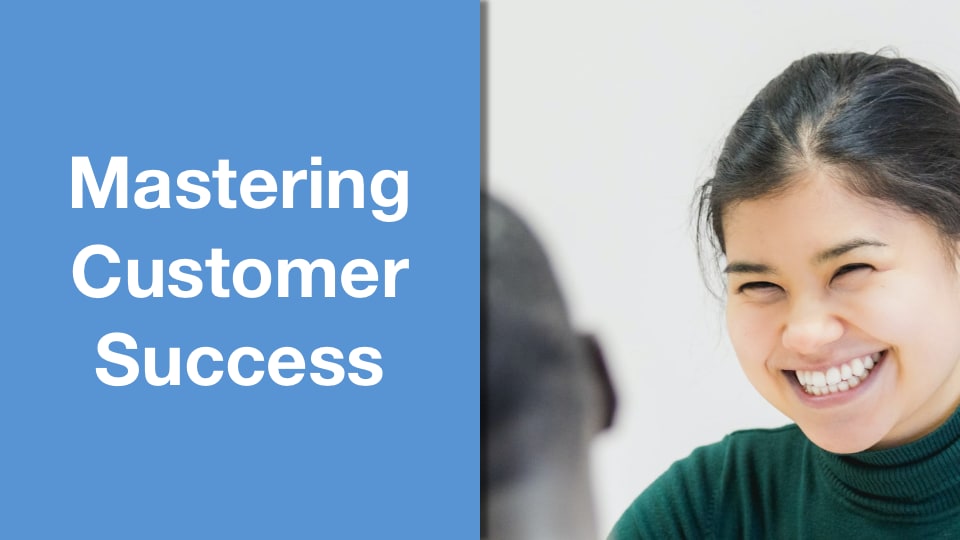What if every stakeholder loved to work with you and for you?
Let’s start with what gets in the way.
- You usually start from zero – as you enter a new customer you most often have no existing relationships
- You are only ever one of many competing priorities. It doesn’t matter how important you think what you have to say is – your stakeholder decides how important you are to them. Not the other way around.
- Stakeholders care about the value you offer for them. Period. We can dress it up in all sorts of other language but if you don’t show up carrying value don’t expect to maintain the attention of your audience
- Stakeholders are elusive, especially as they get more senior. So even getting on the radar is tough.
There are five simples steps to master that will make this your reality.
- Map the stakeholder landscape
- Understand the value that matters most to every stakeholder
- Build and execute a stakeholder access strategy
- Make every interaction with you a world class experience
- Follow-up like a boss
Over the next few posts I’ll be digging into each of these steps with a series of tips to help you master every step.
This week we are starting with Mapping The Stakeholder Landscape.
What Is A Stakeholder?
First question. What is a stakeholder?
It’s a widely used word so here’s the definition we’re working with.
“The specific groups and individuals within our customers who with we must interact effectively in order to deliver successful outcomes for those customers from their investment in our solutions.”
There are, in our view, 4 key groups of stakeholders you must understand and interact with if you’re going to deliver the maximum amount of value to your customers. We’ll share those shortly.
When And Where To Engage?
Next let’s be clear on exactly why our stakeholders matter so much. An effective way to do that is to work backwards.
Customers buy from us to achieve outcomes, each of which has an associated specific value or ROI. To deliver those outcomes we need to identify and agree specific goals, or milestones along the way. And to reach these milestones we must agree on the right set of steps, the ownership of those steps and the allocation of resources to make sure they happen to plan. The most effective way to ensure these steps are identified, agreed and executed upon is to be connected with all of the required stakeholders at your customers needed to ensure rapid and efficient progress.
Understand Stakeholder Groups
Moving on to looking at Stakeholder groups.
How do you make sense of all the people you have to deal with? Can you align them with groups that makes dealing with them, identifying their outcomes and value and creating your stakeholder strategy easier?
I think you can. I think it makes life much easier when you have a simple structure in place. I’ll call out four groups:
- Owners
- Champions
- Users (Creators)
- Enablers
Create A Stakeholder Map
If a picture is worth a 1000 words a stakeholder map is just as efficient. I’d go as far as to say for any account above a basic level of complexity a clear picture of your stakeholders, their interests, their relationships, what they can do for you, what you can do for them is one of the most valuable artefacts you can create.
More complex solutions for large and complex customers will benefit from a richer stakeholder map. If you’re working with simpler solutions and/or less complex accounts you don’t need to invest so much design time to create or execution time to maintain the picture you need. Tune your stakeholder map to your circumstances but make sure you have one if you’re working with anything more than a simple stakeholder landscape (and maybe even then).
Next week’s post will focus on Understanding The Value you provide to your stakeholders.



